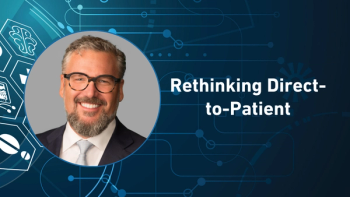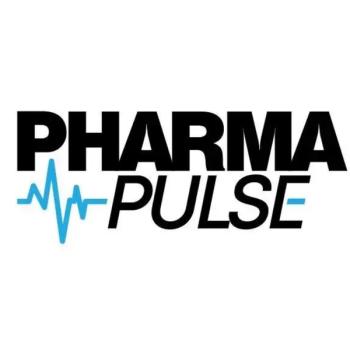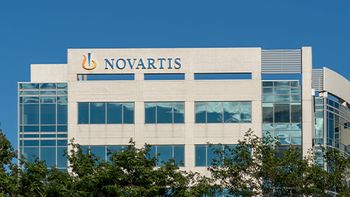
Making Adjustments to Reimbursement Models Impacting Patient Therapies in the Biosimilar Space
In an interview with Pharma Commerce Editor Nicholas Saraceno, Fran Gregory, PharmD, Vice President of Emerging Therapies, Cardinal Health, discusses ways that changes made to reimbursement models are affecting patient therapies in the biosimilar space.
PC: How are changing reimbursement models impacting patient access to therapies in the space? As you know, even if a drug were to make it to market, questions remain as to whether it will be covered by insurance or even added to a national preferred formulary, making it difficult for patients from an affordability perspective.
Gregory: If we think about the big picture of biosimilars, we know that on average, they’re 50% less expensive and up to 90% less expensive than the reference product. If we think about that, those costs are going to ultimately be passed through the healthcare system and will generate savings to the health plan, the PBM payer, and potentially the provider If they're an at-risk provider, they're operating under a cost of care model, there will be savings to the provider, and ultimately that savings will be passed on to the patient.
In many cases, people think that the lower prices of biosimilars equals lower out of patient costs. That's not necessarily the case all the time on the surface. However, if you just think about the value of biosimilars and lowering total biologic spend for the entire US healthcare system, that lowering of cost is a direct opposite of what we've seen an increase spend year over year in the biologics and overall healthcare space in the US. Those cost offsets are so important to continue to find and optimize in the healthcare system. This way, we can keep prices of premiums, hospitalizations, pharmaceutical treatments, and total cost of care for treating a patient lower. We may never see a huge decrease in any price of anything in not only the US, but in the world. But it's really important that we mitigate the costs where we can, and I think biosimilars offer one of the very few opportunities to mitigate costs in a very significant way. Those cost mitigations are incredibly important to the healthcare system, and indeed will, in some way, shape or form, be passed on to patients.=
PC: Is it possible to use savings from biosimilar uptake to potentially help fund CGTs?
Gregory: If we look at savings, can it be used by creating a buffer of financial space to allow those CGTs to exist and for the healthcare system to continue to invest in those innovative treatments. Some of the things that I like to talk about are the dollars that are either being saved by biosimilars or potentially being spent on CGTs. Anyone can argue the numbers, and I’m up for a debate there. You can come up with a variety of different estimates based on what data source you're using. But my numbers that I've kind of settled on are if we optimize by a similar savings in the US, we can recognize around $180 billion in savings cumulatively for the year 2027. If you think about CGTs, which are just now really starting to take off, we expect to see around $27 billion spent by 2027.
My favorite part of my Assembia presentation and my message now is that if you look at every year of potential savings from biosimilars and potential spend on CGTs there's a huge surplus in savings o the tune of $20 billion In 2027 and higher in in years earlier. I would love to say there's some kind of a framework where we could take that $20 billion and actually invest it or reinvest it in innovative treatments like CGTs, but there’s no mechanism for that right now. I do think that it’s critical that we understand that we can afford CGT products. We will actually have a surplus of savings if we optimize biosimilars. I hear so many times, can the US healthcare system afford cell and gene therapies? If we optimize biosimilar savings, we absolutely can. really like to continue to spread that message. Although, there's no formal process whereby this happens today. If you look at the overall total health care spend and biologics, there’s an opportunity to have the best of both worlds.
Newsletter
Stay ahead in the life sciences industry with Pharmaceutical Commerce, the latest news, trends, and strategies in drug distribution, commercialization, and market access.




